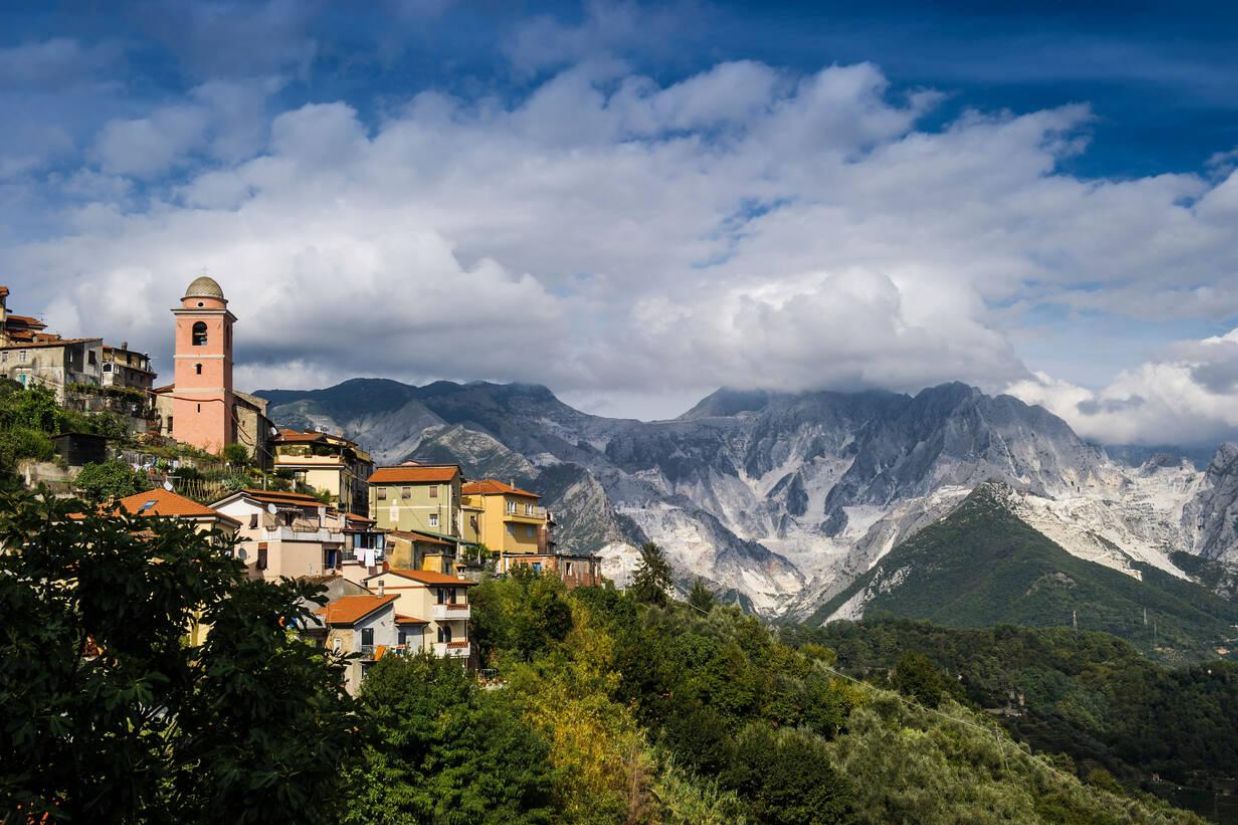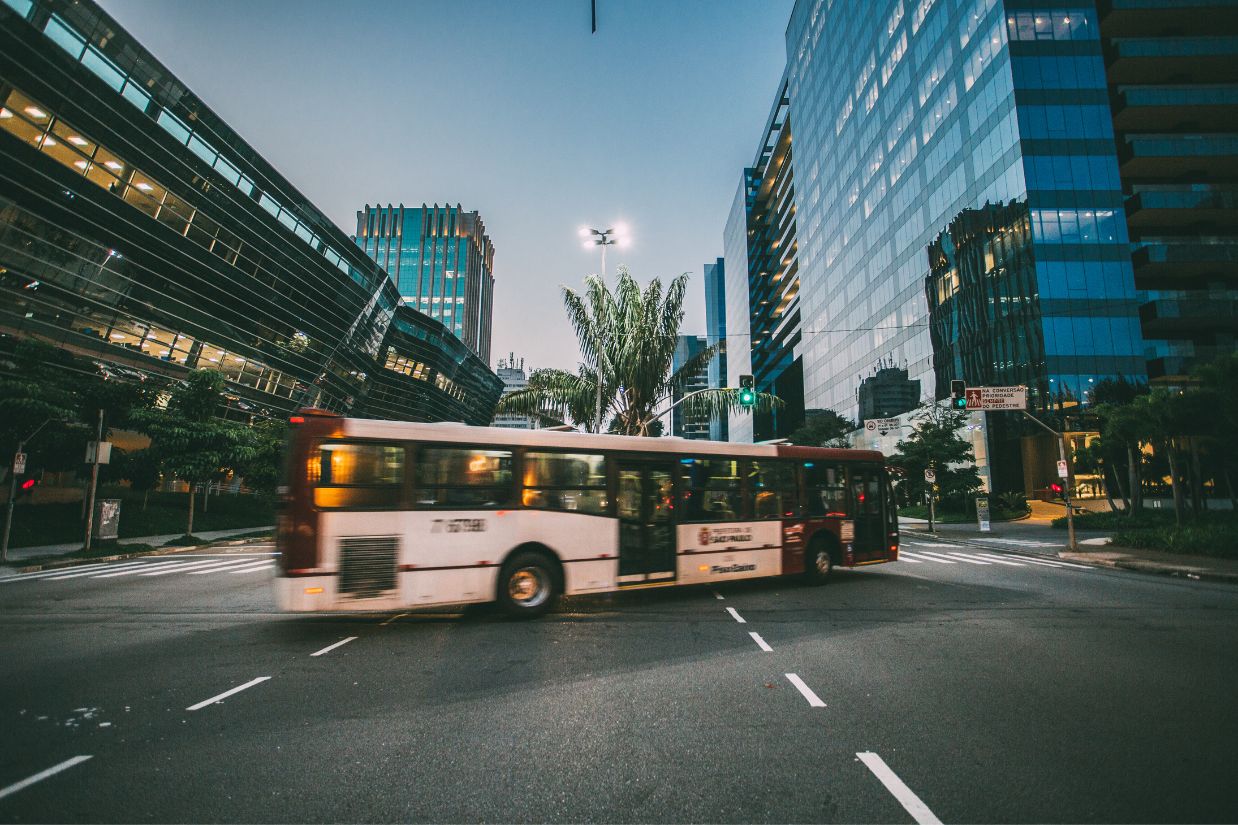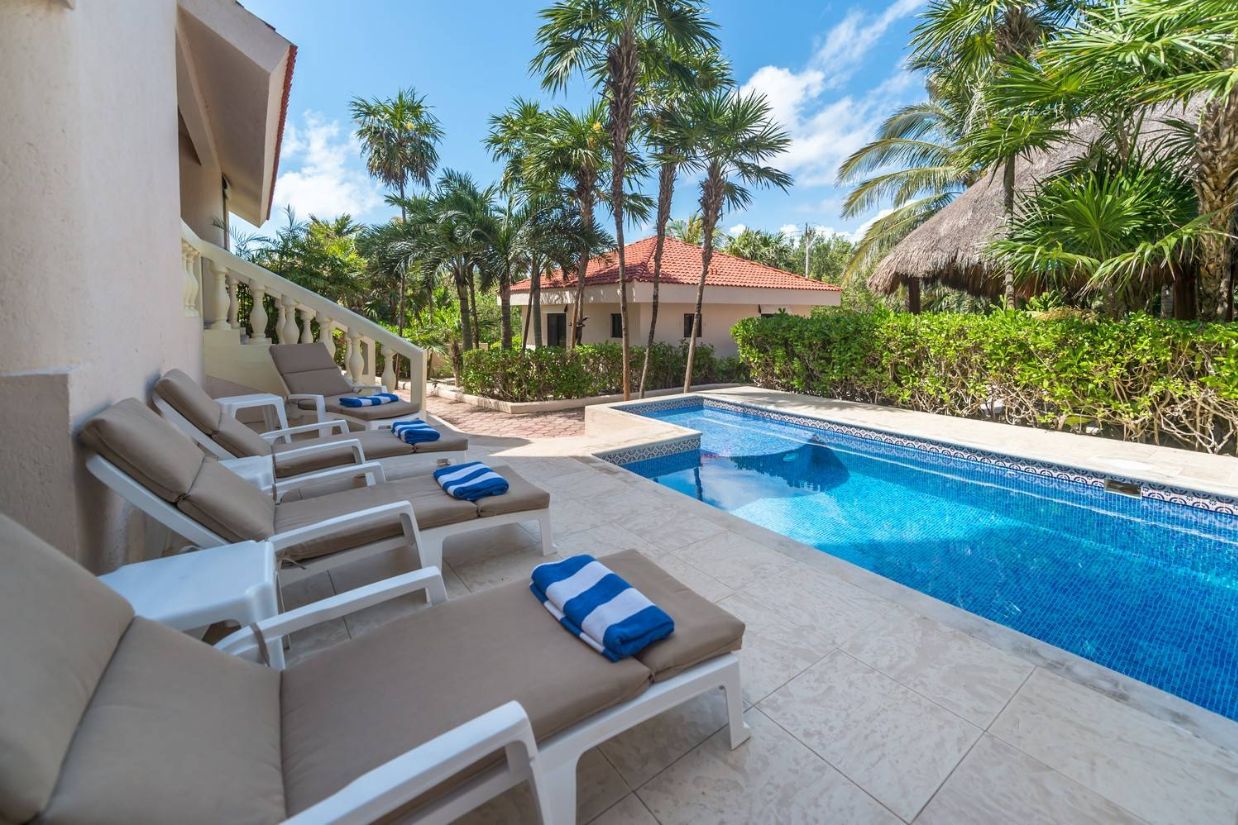Nestled between the rugged Apuan Alps and the shimmering Tyrrhenian Sea, Massa offers a breathtaking dual landscape that captivated me from the moment I arrived.
This charming Italian town in Tuscany serves as the administrative center of the Massa and Carrara province, with the Frigido River flowing through its heart. The unique geographic position of Massa creates a rare harmony where mountains dramatically meet coastline.
Visitors can experience both alpine and maritime environments within minutes of each other.
I spent last summer exploring this hidden gem, wandering through the cobblestone streets of Massa’s historic center before driving up into the mountains for panoramic views.
Unlike the crowded beaches of the Italian Riviera or the tourist-packed cities like Florence, Massa retains an authentic character that’s increasingly hard to find. The region’s identity has been shaped by thousands of years of craft traditions, particularly marble sculpture – a testament to the rich natural resources found in these mountains.

My mornings often began with espresso at a local café before I’d head to the coast for a swim, then drive up into the foothills for an afternoon hike. While this Italian paradise differs greatly from coastal areas in the United States, it reminds me somewhat of places where mountains meet the sea, like parts of California or Maine. The difference is in the distinctly Italian culture that permeates everything from the food to the architecture, creating an experience that simply can’t be replicated elsewhere.
Exploring the Roots of Massa
Massa’s unique identity sits at the intersection of mountain traditions and coastal influences. The area’s rich history spans thousands of years, with successive waves of settlers drawn to both its valuable marble quarries and strategic location along the Ligurian coastline.
History of Settlement in Massa
The earliest records of Massa date back to Roman times when the settlement took shape primarily due to the region’s valuable white marble. I found that the city flourished during the Renaissance when marble extraction became a major industry, attracting skilled craftsmen from across Italy.
By the 14th century, Massa had evolved into an important regional center under the Malaspina family who built the imposing Malaspina Castle that still dominates the city skyline. The castle wasn’t just for defense—it symbolized the city’s growing wealth and importance.

The city later came under Medici control before eventually becoming part of unified Italy in the 19th century. Throughout these transitions, Massa maintained its dual identity as both a mountain community connected to the quarries and a coastal settlement with ties to maritime trade.
Indigenous People and Early Settlers
Before recorded history, the Apuan Ligurians inhabited the mountainous regions around what would become Massa. These indigenous tribes lived primarily as herders and farmers, making use of the fertile valleys between the dramatic Apuan Alps.
When I researched the area’s earliest inhabitants, I discovered they left behind stone structures and tools that highlight their sophisticated understanding of the local marble resources. The Ligurians were eventually absorbed by the expanding Roman Empire, which recognized the value of the marble deposits.
The Romans established quarrying operations that still influence the region today. Ancient quarrying techniques can still be seen in some of the older abandoned sites in the mountains above Massa. After Rome’s fall, the area experienced waves of settlement from Lombards, Byzantines, and other groups who each contributed to the cultural tapestry that makes Massa unique.
Massa’s Geographical Wonders
Massa boasts one of Italy’s most striking geographical settings, nestled perfectly between the dramatic Apuan Alps and the sparkling Tyrrhenian Sea. This unique positioning creates a stunning visual contrast that has shaped the city’s character throughout its long history.
The Highest Peaks and Coastal Gems
When I first arrived in Massa, I was immediately struck by the magnificent backdrop of the Apuan Alps. These mountains rise dramatically behind the medieval city, creating a natural protective bowl that cradles Massa in its embrace. The highest points in these mountains offer breathtaking panoramic views that stretch from the rugged peaks all the way to the coastline.

The contrast between mountains and sea here is simply remarkable. Within just a few kilometers, you can journey from exploring alpine environments to lounging on the sandy beaches of the Riviera Apuana. This proximity makes Massa perfect for travelers who love variety in their adventures.
Massa’s Unique Ecosystem
The environmental diversity here creates fascinating microclimates that support rich biodiversity. I’ve spent days exploring the transition zones where mountain flora gives way to coastal vegetation.
What makes Massa truly special is how these different ecosystems interact. The mountains capture moisture from the sea, creating lush valleys and streams that flow toward the coast. This natural water system has supported human settlement for thousands of years.
Unlike island destinations where you’re limited to coastal activities, Massa offers both mountain hiking and beach relaxation in a single day. This reminds me of certain spots along the United States’ Pacific Northwest, though with a distinctly Mediterranean character.

The natural resources here have shaped local culture too. From the famous marble quarries in the mountains to the fishing traditions along the coast, Massa’s people have always lived in harmony with their unique geographical setting.
The Cultural Tapestry
Massa’s unique position between mountains and sea has shaped not just its physical landscape but also its rich cultural identity. The natural surroundings have influenced artistic movements and community traditions that continue to evolve to this day.
Artistic Influences and Cubism
Walking through Massa’s galleries, I’m always struck by how the dramatic contrasts of the landscape inspired local artists. The jagged mountain profiles against the smooth sea horizon created perfect conditions for Cubist expression to flourish here in the early 20th century.
Local painters developed a distinctive “Massa Cubism” that differentiated itself through vibrant coastal colors and geometric interpretations of the mountain-sea interface. Unlike traditional European Cubism, artists here incorporated elements of maritime life and mountain traditions.

When visiting the Central Art Museum, don’t miss the Roberto Serra collection, which perfectly demonstrates how artists fragmented Massa’s dual landscapes into interlocking planes of color and form. The influence continues today in contemporary works that reinterpret these traditions with modern materials.
The Evolving Culture of Massa
Massa’s cultural identity isn’t frozen in time but continues to transform like the tides that shape its shores. The annual Festival of Two Worlds celebrates this duality through music, dance, and culinary traditions that blend mountain and coastal influences.
Traditional crafts remain vital to Massa’s identity. Local artisans create beautiful ceramics decorated with geometric patterns inspired by both mountain terraces and wave forms. These pieces make wonderful souvenirs that capture the essence of this unique place.
Food culture here tells the same story of duality. Mountain herbs season the fresh seafood caught daily, creating dishes you won’t find elsewhere. I recommend trying the local specialty, pesce alla massese, which combines mountain mushrooms with sea bass in a celebration of Massa’s geographical marriage.
The younger generation is breathing new life into traditions through fusion music that combines traditional instruments with contemporary sounds. This evolution keeps Massa’s cultural tapestry vibrant and relevant.
Navigating Through Massa
Getting around Massa offers a blend of convenience and scenic travel experiences. The city’s location between mountains and sea creates unique transportation opportunities that let you explore both coastal beauty and mountain grandeur.
Transportation and Accessibility
I found Massa surprisingly accessible for a city nestled between mountains and coastline. The main train station connects directly to major Italian cities like Florence, Pisa, and Genoa. Trains run regularly, making day trips quite manageable.
Renting a car gave me freedom to explore hidden spots along the coast and up into the Apuan Alps. The mountain roads are winding but well-maintained, offering breathtaking views at every turn.
Local buses serve the city center and nearby beaches effectively. I particularly enjoyed the seasonal rail tours that showcase the marble quarries – these special excursions provide fascinating insights into the region’s history.

For those who enjoy active travel, bike rentals are available in the city center. Cycling along the coast was one of my favorite experiences.
Understanding Distances and Travel Times
Massa’s compact size makes it easy to navigate. The city center is walkable, with most attractions within a 20-minute stroll of each other. I managed to see the Ducal Palace and main piazza in just one morning.
From Massa to the beaches takes only 10-15 minutes by car or about 20 minutes by bus. The marble quarries in the mountains are approximately 30 minutes away by car, though travel time increases if you take public transportation.
Day trips are very doable from Massa. Reaching the colorful villages of Cinque Terre takes about 1.5 hours, while Pisa is just 45 minutes by train. Florence is slightly farther at 2 hours by rail.
Remember that mountain roads can add time to journeys, especially during winter months or peak tourist seasons.
Accommodations and Amenities
When visiting Massa, you’ll find a diverse range of places to stay that cater to every preference and budget. I’ve discovered that booking options often include flexible cancellation policies, which made my own travel planning much less stressful.
From Homely Apartments to Luxurious Resorts
Massa offers accommodations that perfectly complement its unique position between mountains and sea. During my last visit, I stayed in a charming apartment called Casa Dena, which provided stunning views of both the Mediterranean Sea and the green mountains. Many apartments include cribs and various bed configurations, making them ideal for families.

For those seeking more luxury, there are beautiful resorts starting from $60 per night. These often feature amenities like beach access, which I found essential for enjoying the Tyrrhenian Sea’s sparkling waters.
The coastal area of Marina di Massa has particularly nice hotels, with rooms available from $82. I loved staying here because it allowed me to easily bike along the scenic coastlines during the day.
Benefits of Free Cancellation
Free cancellation policies have saved my travel plans more than once when exploring Massa. Many accommodations through booking sites like Expedia offer this flexible option. Visitors can adapt their plans without financial penalty.
I’ve found this especially valuable when planning longer Tuscan adventures. Weather conditions between the Apuan Alps and coast can sometimes be unpredictable. During one trip, I had to adjust my stay due to unexpected business matters. The free cancellation policy meant I could reschedule without losing my deposit.
These policies typically allow changes up to 24-48 hours before check-in. For business travelers like me, this flexibility transforms Massa from just a beautiful destination into a practical choice for working holidays.

